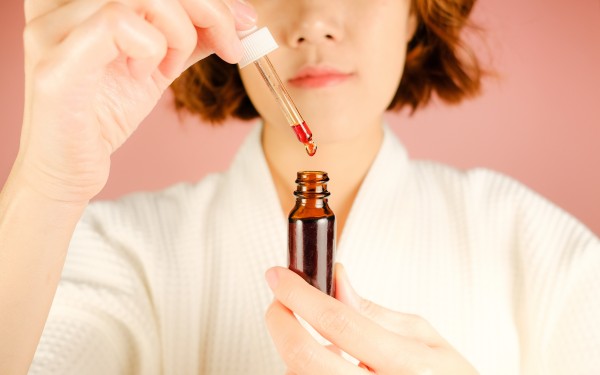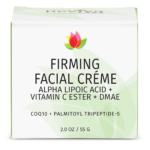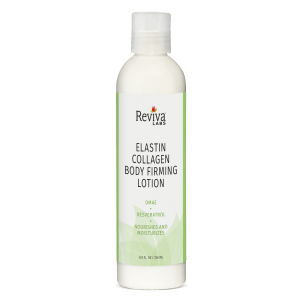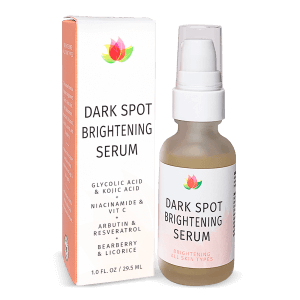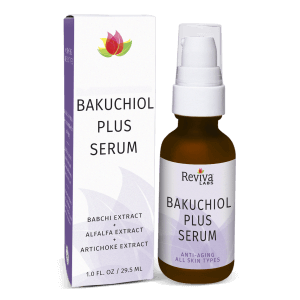Natural, Reviva Labs, Skin Care
What Are the Signs of Aging You Noticed After 25 But Before 30?
As we transition from our mid-twenties to our early thirties, our bodies and skin begin to show subtle signs of aging. These changes are often mild but can mark the beginning of how our bodies evolve with time. Understanding these changes can help us address them proactively.
The Skin Begins to Change
One of the most visible signs of aging appears on the skin. You might start noticing that your skin doesn’t bounce back as it used to. This is partly due to the gradual decrease in collagen production, which typically begins in your mid-twenties. Collagen is a protein that keeps the skin firm and supple. As its production slows, the skin may appear less plump and more prone to fine lines. Additionally, you may observe changes in skin texture and moisture levels. It might feel drier or show more pronounced dry patches. Some people also start seeing slight discoloration or age spots, particularly if they have had significant sun exposure.
Addressing Skin Changes: Prevention and Correction
Since the skin is often the first indicator of the aging process, reflecting changes that can prompt concerns about appearance and health. As we approach our late twenties and early thirties, we might observe our skin losing elasticity and moisture, along with the appearance of fine lines and subtle discolorations. These changes are predominantly due to a decline in collagen production, a crucial protein that ensures skin remains firm and youthful. However, both preventive measures and corrective actions can be taken to manage these skin changes effectively.




Preventative Skin Care Strategies
1. Sun Protection: One of the most critical steps in preventing premature skin aging is to protect it from sun damage. UV radiation accelerates the breakdown of collagen and can cause age spots and uneven skin tone. Using a broad-spectrum sunscreen with an SPF of 30 or higher daily, wearing protective clothing, and seeking shade during peak sun hours are effective ways to shield your skin.
2. Hydration: Keeping the skin well-hydrated is essential for maintaining its elasticity and preventing dry patches. This includes both internal hydration, through drinking plenty of water, and external hydration, by using moisturizers that lock in moisture. Look for products containing hyaluronic acid, which is known for its capacity to retain water and plump the skin.
3. Nutrition: A diet rich in antioxidants can help fight the oxidative stress that contributes to skin aging. Foods high in vitamin C and vitamin E, as well as beta-carotene and other carotenoids, are particularly beneficial. These nutrients help protect the skin from environmental damages, such as pollution and UV radiation, and support the body’s ability to produce collagen.
4. Gentle Skincare: As the skin becomes more sensitive with age, it’s important to use gentle skincare products that do not strip the skin of its natural oils. Avoid harsh scrubs and alcohol-based toners, which can exacerbate dryness and irritation. Instead, opt for mild, hydrating cleansers and alcohol-free toners.
Corrective Measures for Age-Related Skin Changes
1. Topical Retinoids: Retinoids are derivatives of vitamin A and are highly regarded for their ability to boost collagen production and accelerate skin cell turnover. This helps reduce the appearance of fine lines and improve skin texture. Over-the-counter retinol or prescription retinoids can be integrated into your evening skincare routine, starting with lower concentrations to gauge skin tolerance.
2. Professional Treatments: For more pronounced skin issues, professional treatments such as chemical peels, microdermabrasion, or laser therapy may be beneficial. These treatments can help remove dead skin cells, boost collagen production, and improve overall skin tone and texture. It’s important to consult with a dermatologist to determine the most appropriate treatment for your skin type and concerns.
3. Antioxidant Serums: Serums containing antioxidants like vitamin C, vitamin E, and ferulic acid can provide a corrective boost to your skincare regimen. These antioxidants help combat free radicals and can improve the skin’s natural repair systems. They also help in lightening age spots and improving skin radiance.
4. Hydrating Masks: Incorporating hydrating face masks into your routine can provide an immediate improvement in skin moisture levels and elasticity. Look for masks containing ingredients like ceramides, peptides, or botanical extracts that provide deep hydration and skin-soothing benefits.
Incorporating these preventative and corrective steps into your skincare routine can significantly impact how your skin ages, helping maintain its health and appearance well into your thirties and beyond. Regular consultations with skincare professionals can also tailor these recommendations to suit individual needs and conditions.

Changes in Hair Texture and Growth
Your hair might also show signs of aging, which can be quite surprising to many. The texture of your hair may change; it could become finer or start thinning. This change is due to alterations in hormone levels, which affect hair growth and structure. The hair’s growth cycle may slow down, leading to less density and volume. Some might even notice the first grays appearing, as hair pigment cells begin to decrease.
Metabolic Slowdown
Around this age, many notice a change in their metabolism. This might be seen as weight gain or difficulty in losing weight as easily as before. The basal metabolic rate, which is the rate at which your body burns calories while at rest, begins to slow down. This can be frustrating for those who haven’t changed their eating habits but find their weight increasing. Engaging in regular physical activity and adjusting your diet can help mitigate some of these changes.
Energy Levels and Sleep Patterns
You might find a shift in your energy levels and sleep patterns. It could become harder to pull all-nighters or recover from a late night as quickly as you used to. This is partly because recovery times increase as we age. Sleep patterns might also shift; some people find they need more sleep, while others might start to experience insomnia or disrupted sleep. This could be influenced by stress, lifestyle, or physical changes like hormonal fluctuations.

Vision and Eye Health
Subtle changes in vision can begin in this age group. You might find yourself straining to read small print or experiencing more eye fatigue after long periods of screen time. This shift can be due to the natural thickening and loss of flexibility in the lens inside your eyes, a condition known as presbyopia. Regular eye exams are important as they can help catch and correct these changes early.
Joint Sensitivity and Flexibility
Another area where you might notice age-related changes is in your joints. There might be a decrease in flexibility and an increase in complaints about aches, especially after physical activity or long periods of inactivity. This can be attributed to the gradual wear and tear on the cartilage that cushions the joints, as well as a decrease in synovial fluid, which helps lubricate the joints.
Memory and Cognitive Shifts
Subtle changes in memory and cognitive abilities might also become apparent. This doesn’t mean significant memory loss but could manifest as mild forgetfulness, like misplacing keys more frequently or struggling to recall names. Cognitive processes can slow down slightly, affecting multitasking abilities or the speed of processing information. Engaging in activities that stimulate the mind, like puzzles, reading, or learning new skills, can help maintain cognitive function.





Addressing These Changes
While these signs of aging can be concerning, many of them can be managed with lifestyle adjustments. A balanced diet, regular physical activity, adequate sleep, and proper skincare can all help mitigate the effects of aging. Additionally, it’s important to maintain regular check-ups with healthcare providers to monitor any significant changes in your health.
A survey by the National Health Service in the UK found that 50% of adults noticed significant changes in their skin condition by the age of 30. This highlights the importance of starting skincare and health routines early.
Aging is a natural process, and noticing these signs can sometimes be a prompt to take better care of ourselves. By understanding what to expect and how to deal with these changes, we can better prepare ourselves for the years ahead.




